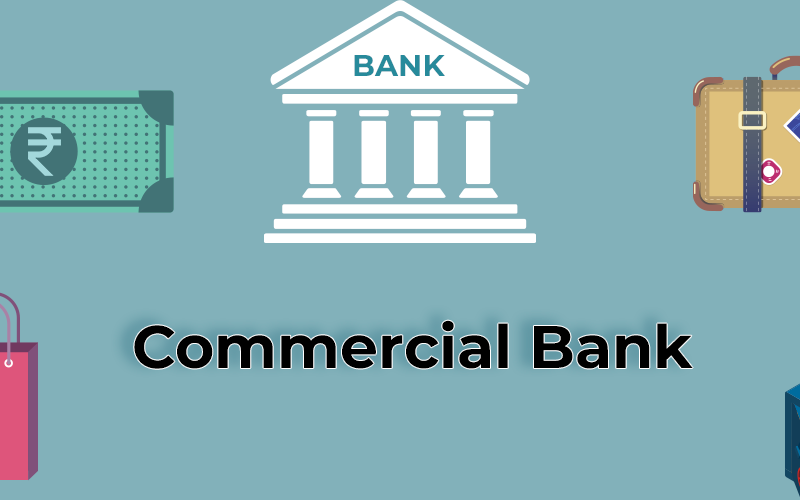There are various types of banks that cater to different needs and serve specific functions within the financial system. Here are some common types of banks:
- Retail Banks:
- Retail banks, also known as commercial banks, are the most familiar type of banks to the general public. They provide a wide range of banking services to individual consumers and small to medium-sized businesses. Retail banks offer services such as deposit accounts, loans, mortgages, credit cards, and basic financial advisory services. They have a network of branches and often provide online and mobile banking platforms for customer convenience.
- Commercial Banks:
- Commercial banks primarily serve businesses and corporations. They offer a range of services tailored to the needs of corporate clients, including cash management, working capital financing, trade finance, foreign exchange services, and treasury management. Commercial banks play a crucial role in facilitating business transactions and supporting the financing needs of companies.
- Investment Banks:
- Investment banks specialize in providing financial services to corporations, institutions, and governments. They assist in capital raising activities, such as underwriting securities issuances (e.g., initial public offerings and bond offerings) and advising on mergers and acquisitions. Investment banks also engage in securities trading, asset management, and research. They often work with larger clients and operate in financial markets.
- Private Banks:
- Private banks offer personalized and exclusive banking services to high-net-worth individuals, families, and wealthy clients. They provide comprehensive wealth management services, including investment advisory, portfolio management, estate planning, and specialized banking services tailored to the unique needs of affluent clients. Private banks focus on preserving and growing the wealth of their clients.
- Central Banks:
- Central banks are the apex institutions responsible for overseeing and managing a country’s monetary policy and currency. They are typically government-owned or have a significant level of government influence. Central banks regulate and supervise the banking system, maintain price stability, issue currency, manage foreign exchange reserves, and act as lenders of last resort. They play a critical role in maintaining financial stability and economic growth.
- Development Banks:
- Development banks, also known as multilateral development banks, are financial institutions that provide long-term financing and support for development projects in countries or regions. They focus on promoting economic and social progress by funding infrastructure projects, poverty reduction initiatives, and sustainable development activities. Development banks often operate at the international or regional level, with examples including the World Bank and the Asian Development Bank.
- Cooperative Banks:
- Cooperative banks are owned and operated by their customers, who are often members of specific groups or communities. They function as financial intermediaries, offering banking services such as deposits, loans, and basic financial services. Cooperative banks are typically focused on serving the needs of their member-owners and promoting community development.
- Online Banks:
- Online banks, also known as digital banks or internet banks, operate primarily through online platforms and do not have physical branches. They offer a range of banking services, including deposits, loans, payments, and account management, accessible through web-based or mobile applications. Online banks provide convenience, competitive interest rates, and 24/7 accessibility for customers.
It’s important to note that the availability and specific types of banks may vary from country to country, as banking regulations and structures differ across jurisdictions. The above list represents some common types of banks found in various financial systems.
SHARE
